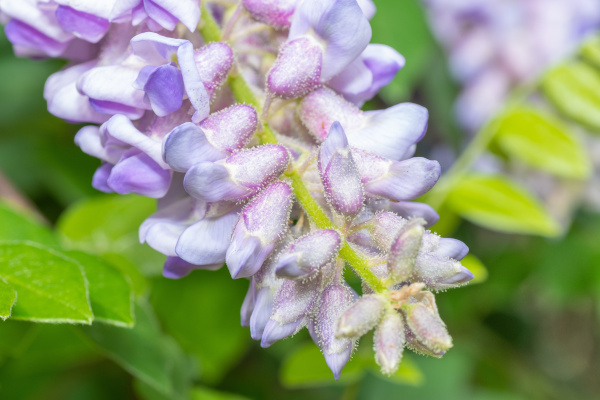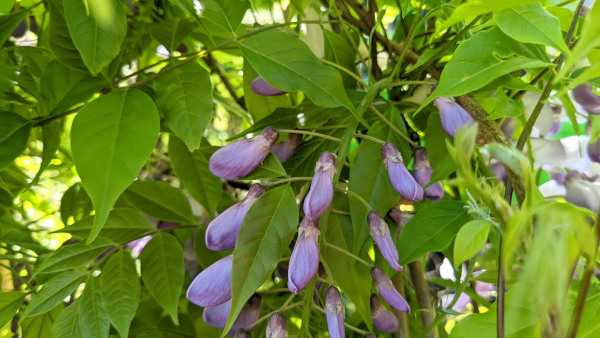How to grow Wisteria Frutescens
Wisteria frutescens - also known as American wisteria - is a deciduous climbing vine. Unlike Wisteria floribunda and Wisteria sinensis, Wisteria frutescens is less vigorous with shorter racemes of flowers that are unscented. Wisteria frutescens also establishes faster than other Wisterias, taking only a year to flower from seed, and is ⅔ as tall as its counterparts.
One key exception to this is the ‘Amethyst Falls, cultivar which is also known as ‘Dwarf Wisteria’. This is often grown in containers or borders due to its lower growing habit – it grows to just 5m in height and 3m in spread.
Dense clusters of blue-purple lipped flowers appear on racemes in late spring to early summer. However, unlike other Wisteria species, Wisteria frutescens does not have a scent to it. Again, ‘Amythest Falls’ is the exception - with fragrant flora too. Wisteria frutescens’ vibrant colours bring keen pollinators such as bees and butterflies to your garden whilst creating stunning displays of hanging racemes. In addition, their naturally pest-resistant nature can also support neighbouring plants.
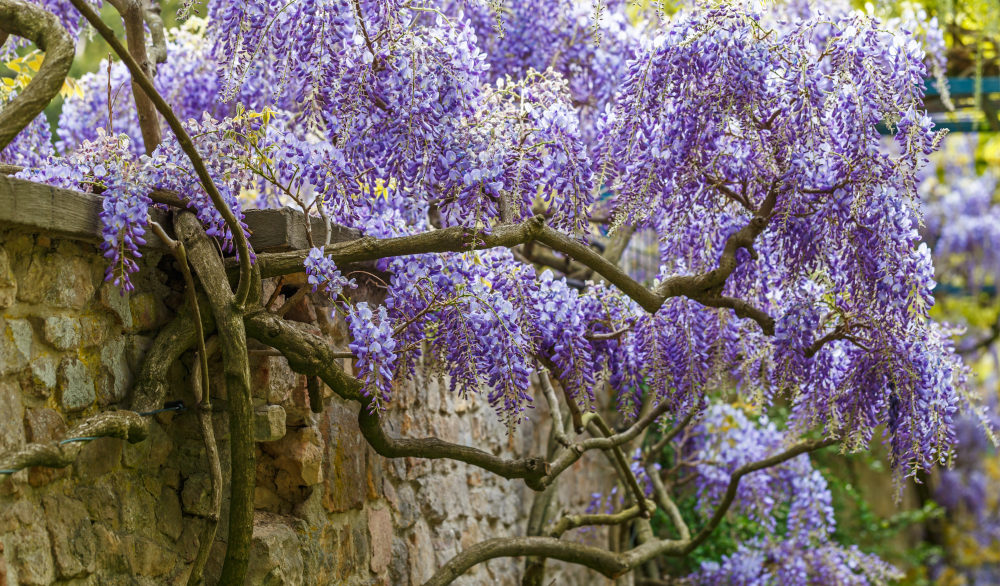
Key Information
Soil pH
Position
Hardiness

How to plant Wisteria Frutescens
Start by choosing a suitable position in your garden that benefits from up to 8 hours of sun daily. Whether you are growing Wisteria frutescens in a container or training it to climb a wall, it will need plenty of sunlight.
Prepare the soil in your desired position and make sure that it is fertile and drains well. Once the soil is prepared, dig a hole that is as deep as the root ball and twice as wide.
If you are planting multiple Wisteria or companion plants close by, give each plant 3m of space to grow
Water Wisteria frutescens once a week while establishing. In the spring, apply a layer of mulch to the roots retain moisture.

What to plant with Wisteria Frutescens
While Wisteria frutescens has smaller racemes than its Chinese and Japanese counterparts, it can still grow to great heights, reaching 15m. However, you can still plant Wisteria frutescens near other avid climbers such as Clematis. Similarly, do not be afraid to mix and match Wisteria - Wisteria sinesis and Wisteria floribunda make perfect companions if you want a garden with plenty of climbers, vines and colour.
Please contact our excellent Customer Care Team if you would like any help or planting tips for your Wisteria Frutescens. Below are a few ideas to help get you started.
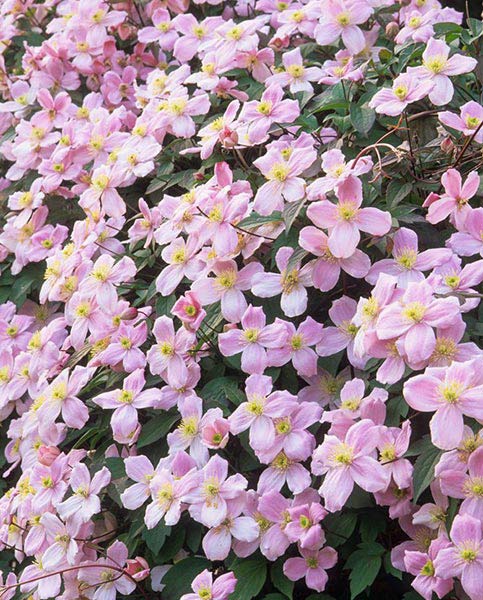
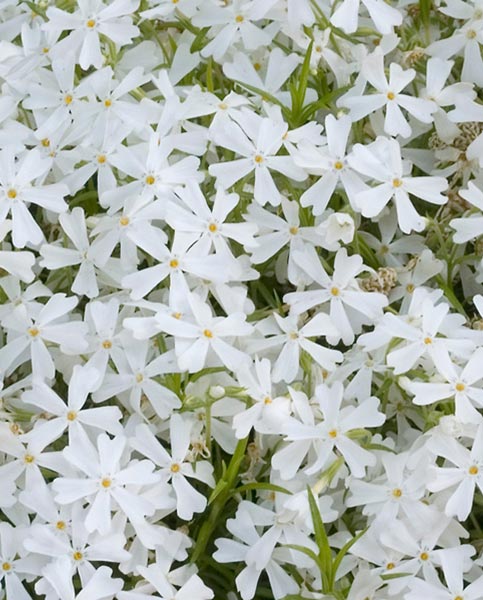
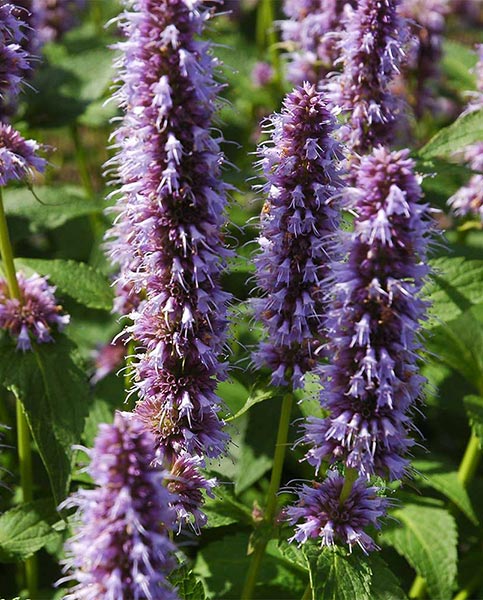
How to care for Wisteria Frutescens
Pruning & Deadheading
You can prune Wisteria frutescens twice a year. The first annual prune is in summer where you can remove overgrowth and unsightly stems to shape - this will help air circulation and improve the volume of sunlight the roots receive. The second annual prune is in the winter - ideally January or February - where you can cut back the main stems to two or three buds. As always, remove any dead, diseased or damaged stems or flowers as you see them.
Watering
Wisteria frutescens enjoys moist and well-drained soil. Water regularly, particularly while establishing and during extended periods of dry weather. Make sure that the soil has sand, grit or loam to aid drainage and to prevent root rot. Mulch each spring to boost moisture retention.
Cold Protection
Wisteria frutescens is fully hardy and can tolerate temperatures as low as -15°C. If you are growing Wisteria frutescens in a pot or container, bring them into a slightly warmer and sheltered position to protect them from harder frost.
Pests & Diseases
There are not many pests or diseases to look out for when it comes to Wisteria, especially when growing in the UK where Wisteria frutescens is pest resistant. However, look out for garden diseases such as root rot which can be caused by poorly drained soil and overwatering which can suffocate the roots.
How to propagate Wisteria Frutescens
The best way to propagate Wisteria frutescens is by taking hardwood cuttings in the winter. You can do this once the plant is well established
Using clean and sharp tools, take pencil-width hardwood cuttings in lengths of 60cm. For each cutting, trim from just above a leaf joint or bud. Add each cutting to water as soon as it has been cut to reduce moisture loss
Once you have taken all your cuttings, cut each 60cm piece into several shorter 15cm stems with at least two sets of leaves on each. Cut horizontally while taking each cutting and then cut the bottom of each cutting diagonally to help with water absorption - this will also help you to identify the bottom of the cutting to grow it the right way up!
Add each cutting to cutting’s compost - you can use a pencil to create deep, thin holes to place the cuttings in. Firm the compost around the cutting and water in. Place a plastic or polythene bag over each of your cutting pots to create humidity and water once a week until each cutting is ready for potting out.
Common Wisteria Frutescens Questions
How do you take care of Wisteria frutescens?
Wisteria needs to be grown against a sturdy wall or structure in well-drained soil. Wisteria frutescens enjoy positions of full sun to partial sun, so grow in a spot at least with 2-4 hours of sunlight a day and mulch annually in the spring.
Is there a dwarf Wisteria?
Yes. Wisteria frutescens ‘Amethyst Falls’ is a dwarf wisteria and can be grown in pots and containers - it will also take just one year to bloom.
What month does Wisteria frutescens bloom?
You can expect wisteria frutescens to bloom in May or June.
